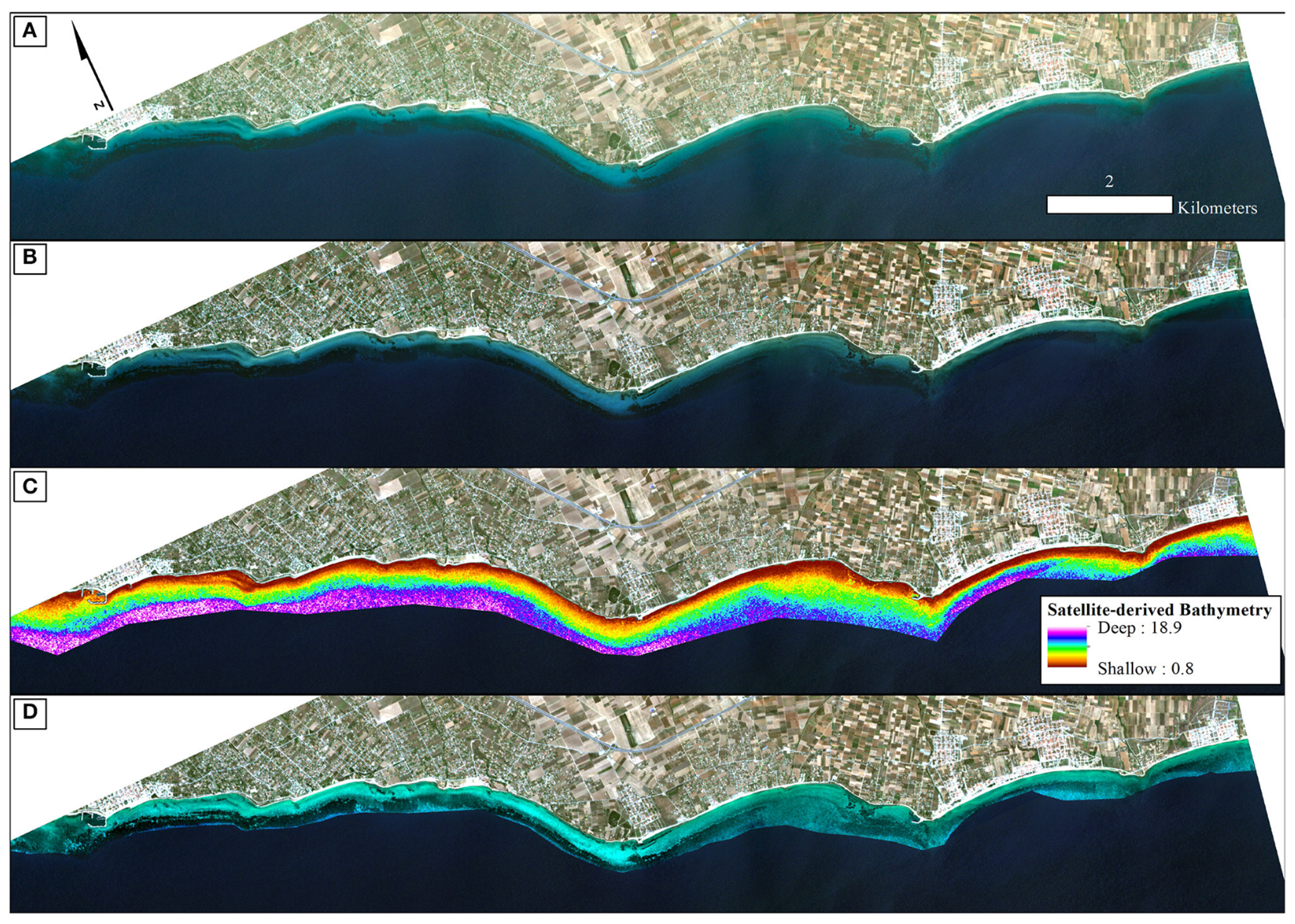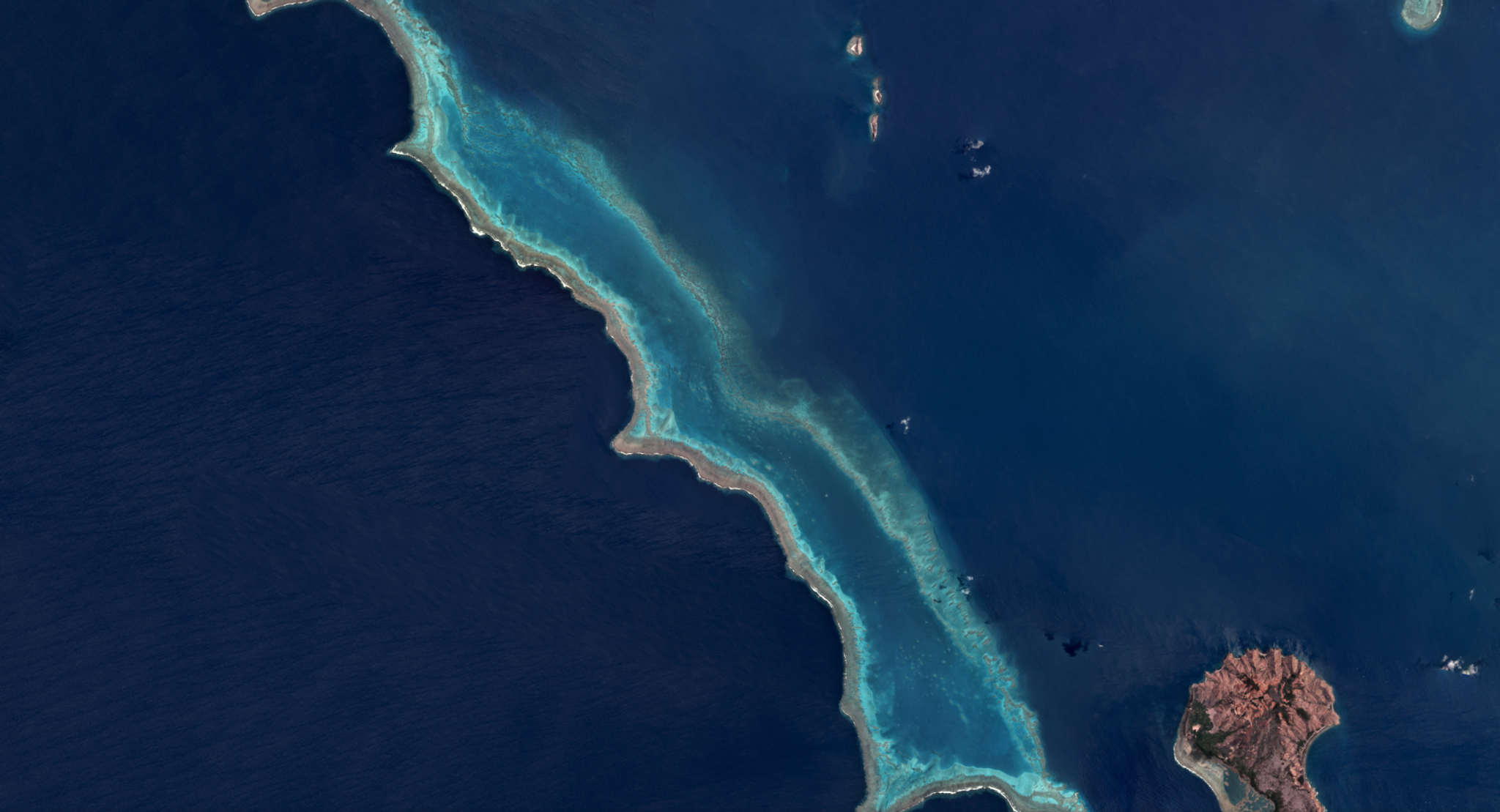Change Detection of Mediterranean Seagrasses Using RapidEye Time Series
Seagrass beds are one of the most important ecosystems in the Mediterranean region, supporting an enormous diversity of marine fauna. However, with anthropogenic influences including dredging and modification of shorelines, pollution and other drivers, seagrass ecosystems facing increasing threats. To improve monitoring of seagrass extent, Dimosthenis Tranganos and Peter Reinartz from the German Aerospace Center used RapidEye time series analysis to track seagrass extent for a portion of the Aegean Sea in Greece between 2011 and 2016. The authors deploy a number of novel techniques for RapidEye analysis, including water column correction and Random Forest-based species classification. Results suggest that while one seagrass species is declining in abundance, another is increasing, and indicate that the increasing availability of remote sensing data will enable large scale monitoring of the welfare of seagrass beds worldwide. The work was supported by the RapidEye Science Archive program, sponsored by the German Aerospace Center, and appears in the journal Frontiers in Planet Science. [caption id="attachment_139149" align="aligncenter" width="1684"]


Ready to Get Started
Connect with a member of our Sales team. We'll help you find the right products and pricing for your needs


